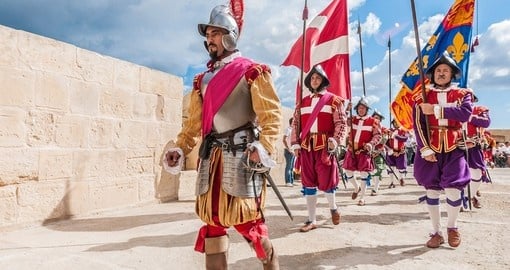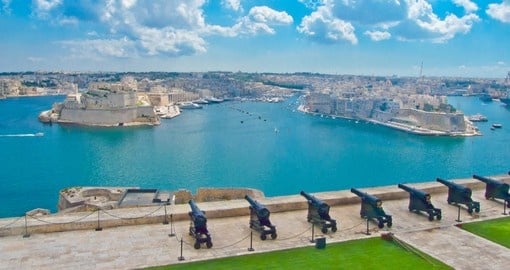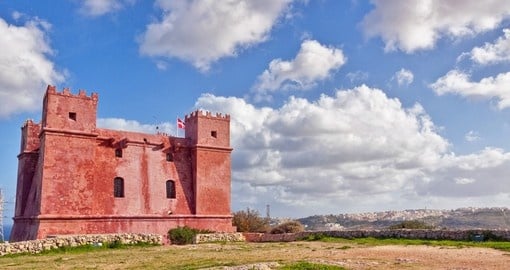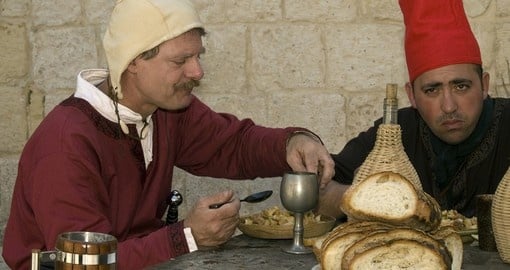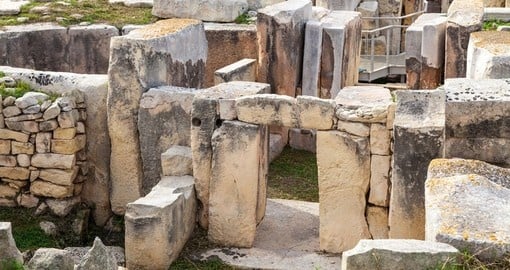Malta History
The early history of the islands of Malta has remained somewhat of a mystery for historians and archaeologists alike. What is known is that beginning some 4,500-5,500 years ago, an intelligent race built many megalithic buildings throughout the islands. Many of these structures were temples suggesting that Malta was a spiritual place of worship. The temples in Ggantija on Gozo are considered the oldest surviving freestanding monuments in the world, predating both the Great Pyramid of Cheops in Egypt and Stonehenge in Britain.
This period of temple building ended suddenly around 2,500 BC with historians unsure of the fate of the populations who had settled in Malta. Some suggest they died out while others believe they assimilated with other Mediterranean peoples who arrived during the Bronze Age. By 750 BC the Phoenicians settled using the islands as an important stopover for trade routes. The Carthaginian Period followed in 480 BC, lasting for another two and a half centuries. The period is named for the city founded by the Phoenicians in what is modern-day Tunisia. The Carthaginians were forced to relinquish rule to the Romans in 218 BC, starting one of the most influential ages in Maltese history.
With the Romans came the introduction of Christianity which remains an integral part of society today. It is believed that St. Paul was shipwrecked in Malta for around three months during 60 AD. Under Roman rule, the people of Malta experienced stability and became an outpost for Sicily. However, with the division of the Roman Empire in the 4th century AD, the islands came under the Byzantine Empire for a further 375 years until North African Berbers arrived in 870 AD.
Despite being Muslim, there is evidence to suggest that the Berbers were tolerant of the deeply rooted Christian beliefs that existed on the islands. Like the Romans before them, the Berbers used the country as an outpost of Sicily. They also brought new crops and the terraced fields in Malta are a result of Berber agricultural practices.
After securing Sicily, the Normans came to Malta in 1090 and as a result, Malta was tied to Europe. The Middle Ages witnessed frequent raids from North Africa and from Turkey and much of the population was taken as slaves. As years passed, the islands came under the rule of various European nobility until the Holy Roman Emperor Charles V brought Malta under the Spanish Empire. Charles V gave control to the Order of the Knights of St. John who ruled for 250 years. The Maltese Cross was adopted by the Order and is now synonymous with the country.
The French, under Napoleon, arrived in 1798. By this point, many people were tired of the aristocratic nature of the Order and decided to follow Napoleon and the Order was crushed within days. Napoleon brought radical reforms that threatened the Church and the Maltese way of life. The population revolted with Britain coming to the country’s aid, thus establishing control in 1800, lasting for a century and a half.
During the First World War, Malta served as a supply station and a place of recovery for the injured, garnering the nickname “the nurse of the Mediterranean.” The Second World War witnessed bombing campaigns by Italy and Germany that lasted for two and a half years. The bravery of the population during that period saw the entire nation awarded with the George Cross for Valour by King George V.
Following the wars, an independence movement began to emerge. Britain granted this on 21 September 1964 and Malta became a republic within the British Commonwealth in 1974. Since independence, Malta has enjoyed a great deal of stability. They are represented by the United Nations and joined the European Union in May 2004, adopting the Euro in 2008. The economy is helped by many films using the landscape as a backdrop for blockbusters like Gladiator (2000), Troy (2004) and The Da Vinci Code (2006). Tourism is also a major player in the economy as Malta offers incredible nightlife, amazing food, beautiful beaches and a rich, diverse history seeped in culture and legend.
Malta Travel Information
At Goway we believe that a well-informed traveller is a safer traveller. With this in mind, we have compiled an easy-to-navigate travel information section dedicated to Malta.
Learn about the history and culture of Malta, the must-try food and drink, and what to pack in your suitcase. Read about Malta's nature and wildlife, weather and geography, along with 'Country Quickfacts' compiled by our travel experts. Our globetrotting tips, as well as our visa and health information, will help ensure you're properly prepared for a safe and enjoyable trip. The only way you could possibly learn more is by embarking on your journey and discovering Malta for yourself. Start exploring… book one of our Malta tours today!
Get a Trip Quote Order a Brochure






